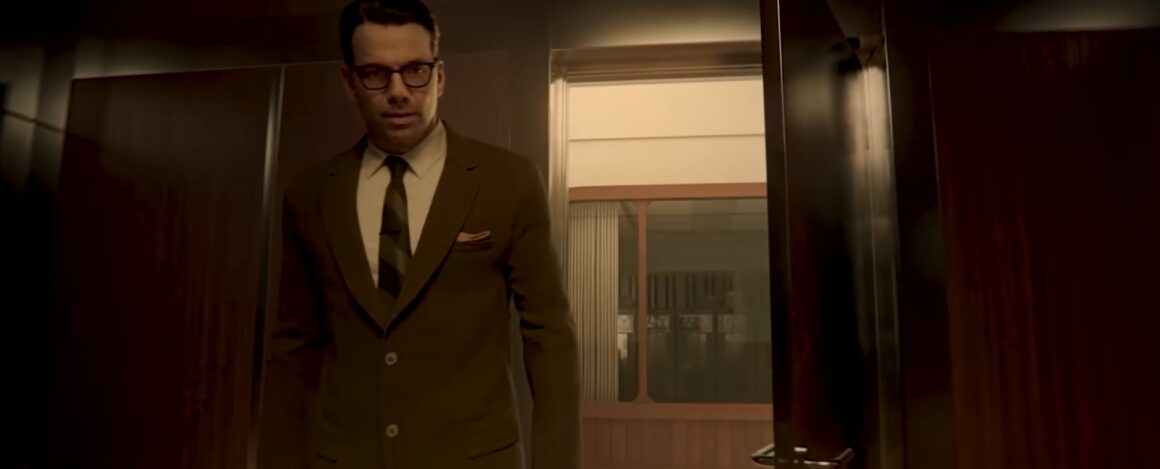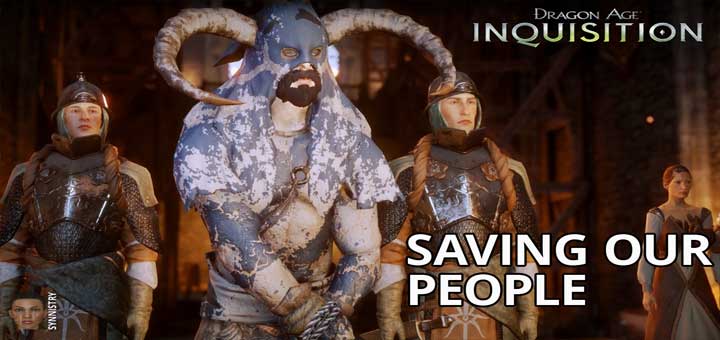The End of Independence
When Sony bought Bungie in 2022 for $3.6 billion, the pitch was simple: Bungie would keep its leadership, keep its culture, and run independently while bringing live-service expertise to PlayStation. That independence is now gone.
During its latest earnings call, Sony’s CFO Lin Tao confirmed what’s been obvious for months. Bungie’s governance model is shifting from autonomy to direct PlayStation supervision. After a year of layoffs, project delays, and missed targets, the studio is now being actively folded into PlayStation Studios. This is not a partnership anymore. It’s a takeover.
How We Got Here
Bungie’s relationship with Sony started on shaky ground. Multiple reports suggest Bungie significantly overestimated its future performance during acquisition talks. Projections were wildly out of step with Destiny 2’s actual revenue trends and the uncertain future of Marathon. Whether it was wishful thinking or deliberate overselling, Sony didn’t do enough due diligence.
Even at its peak, Bungie’s revenue spikes rarely translated into consistent profit. The company has long relied on expansions, microtransactions, or outside backing to stay afloat. The problem isn’t 2023 saw a 45% drop in Destiny 2 revenue. Bungie has never cracked the code for sustained profitability.
Sony’s decision not to tie financial performance targets to Bungie’s leadership contract was baffling. Now, after enduring steep financial losses, they’re moving to protect what’s left of their investment.
Parsons Is Still There. That’s a Problem
The layoffs have been brutal. 100 staff were cut in October 2023, another 220 in July 2024. Yet CEO Pete Parsons remains untouched. Bungie has lost key creative leaders: Luke Smith, Mark Noseworthy, Destiny 2’s Joe Blackburn, Marathon’s Chris Barrett (the latter now pursuing legal action after a misconduct dismissal). But Parsons, who has presided over this decline, stays in place.
If I were a shareholder, I’d expect Sony to do what Krafton did. Replace leadership when it’s clearly failing. Instead, Sony gutted the staff and left the captain of the sinking ship at the helm.
The Cost of Cutting the Wrong People
The layoffs are already being felt in Destiny 2. The new expansion, Edge of Fate, feels thin. The changes don’t reflect a deep understanding of what the player base actually wants. Marathon’s early alpha feedback was even worse. Players said it simply wasn’t fun, with core design issues that should have been addressed in pre-production.
Yes, they can patch in area chat or tweak mechanics. You can’t patch away the fact that players don’t want to play “superhero” in a game that’s supposed to compete in a grounded extraction-shooter space.
A Purchase Made Out of Panic
Sony’s timing looks like a reaction to Microsoft’s Bethesda/Zenimax deal. When Sony failed to block it, they rushed to secure their own big live-service play, and ended up overpaying for a company with a shaky profit history. The anticipated boost to PlayStation’s live-service portfolio never arrived. Bungie hasn’t delivered, and neither have Sony’s in-house efforts. The Last of Us Factions was scrapped, Concord flopped.
Now Sony is stuck with a multibillion-dollar investment that hasn’t come close to paying for itself.
What Happens Next?
The truth no one likes to say out loud: if Destiny 2 can’t turn a real profit, Sony will eventually have to decide whether to shut it down. Will they invest in Destiny 3, which many players want? Possibly. But given their track record, they’re more likely to squeeze Destiny 2 for every cent while hoping Marathon somehow rebounds before 2026.
I hope Bungie’s remaining staff can weather the pressure. They’ve been asked to do the impossible with less support than ever. Until Sony addresses the real leadership problem, and stops treating layoffs as the solution to bad management, this integration won’t fix much.
Sony taking control of Bungie was inevitable, but it won’t solve the core issue: Bungie has never been built for sustained profitability. Without leadership capable of changing that, the next chapter won’t look much different from the last. Just with fewer people left to write it.






